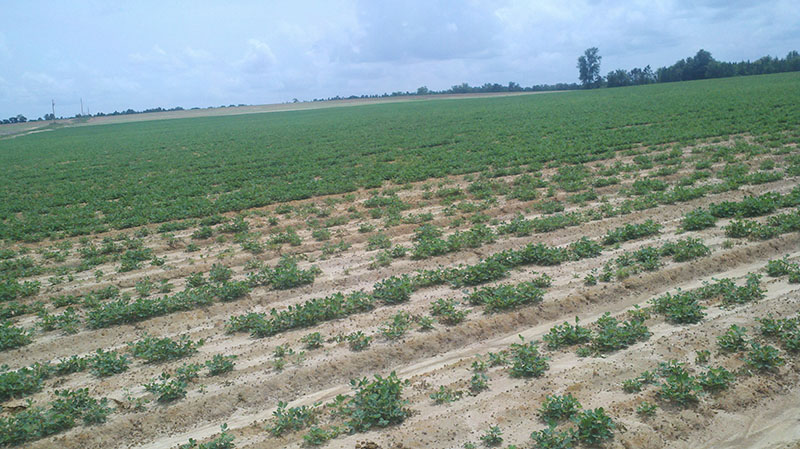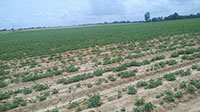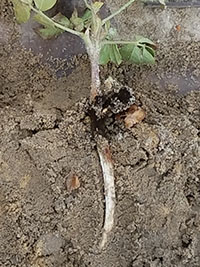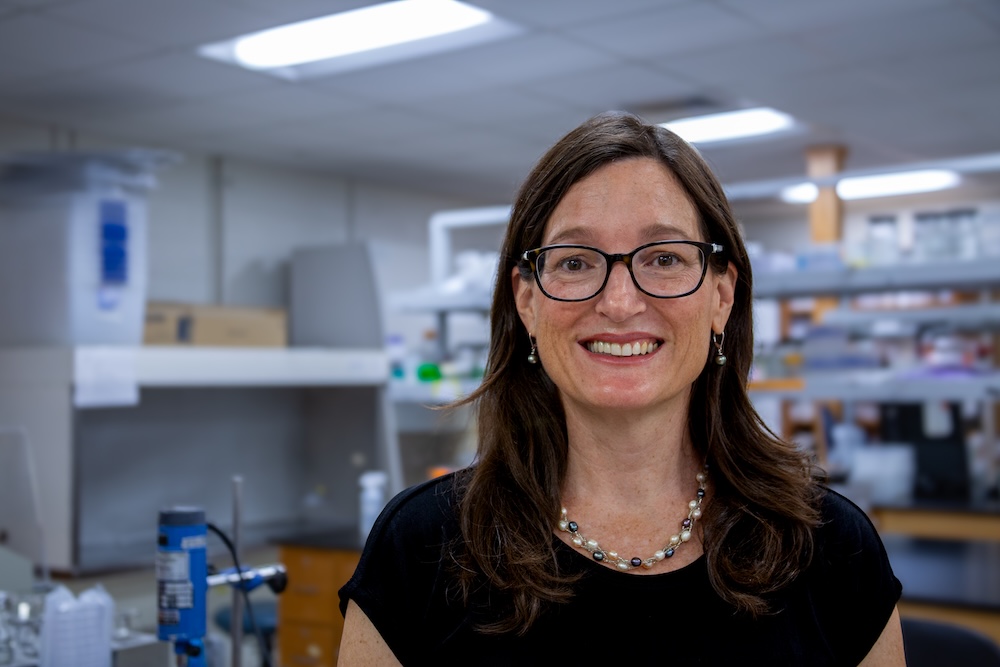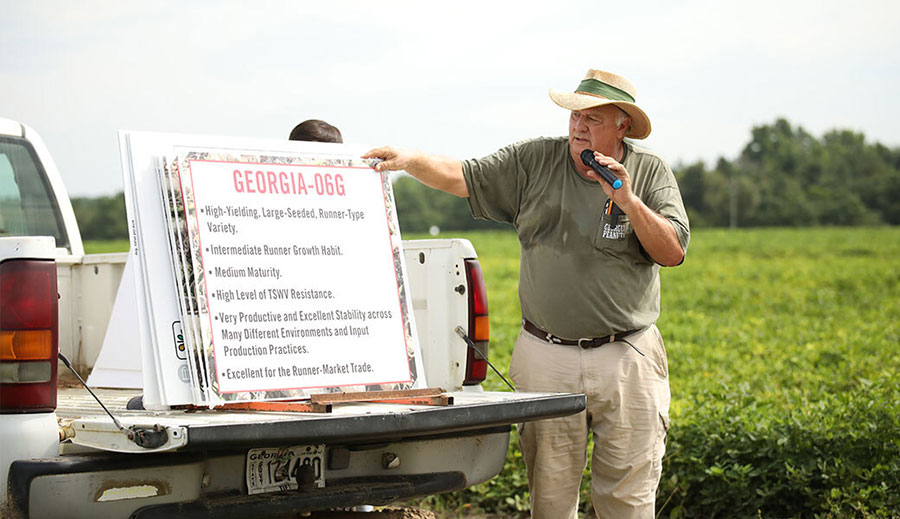Aspergillus crown rot disease is on the rise in Georgia peanut fields and University of Georgia researchers are working to pinpoint why. At present, university scientists recommend that farmers encountering this problem in their fields stop saving seed from year to year in an effort to reduce the disease while better control methods are found. The first line of defense has been fungicide application either in furrow or directly to the seed.
UGA College of Agricultural and Environmental Sciences plant pathologist Tim Brenneman is using applied research to determine why peanut farmers aren’t achieving control through fungicide applications.
Incidences of crown rot disease have increased over the past few years and if UGA researchers can’t determine why treatments are not working as consistently as they used to, the problem will only worsen, Brenneman said.
“I could have shown you plots, not too many years ago, where we used only an in-furrow Abound fungicide application. Those plots looked as good as if we were treating the seed with our best, complete mix of multiple fungicides. This year, though, that treatment alone led to nearly a complete wipeout. We’ve got to figure out what’s going on here,” Brenneman said.
While Georgia’s peanut farmers are harvesting their crop right now, the time will come next spring when producers again put peanuts in the ground. That’s when crown rot, a disease that affects peanut plants early in the growing season, can strike.
Peanut plants are most susceptible to crown rot between 30 and 50 days after planting.
Growers traditionally rely on fungicide treatment applied to commercial peanut seed to combat the disease. For extra protection, they use in-furrow fungicides.
The seed-applied and in-furrow treatments are still beneficial, but growers sometimes see more erratic control from chemical applications, Brenneman said. He is studying why this haphazard control seems to be the case.
“Why (do chemical applications) work in some cases and not in others? Do we need to use different seed treatment technology or chemistry mixes in the seed treatments (on commercial seed)?” Brenneman said. “The pathogen is in the soil. On some level, it’s in every field in the state. Some fields have been historically worse than others.”
In an effort to reduce expenses, some farmers save seed from one year to the next. This exacerbates the problem of crown rot, especially if that seed was lower quality or had higher infection levels of the disease. However, even higher germinating seed can sometimes have high levels of undetected crown rot.
“I think that the problem gets worse if you have an issue with a particular lot of seed. Then every seed coming out of the field can potentially have it. With commercial seed, it’s blended from different sources, and you’re a lot less likely to get a real severe disease issue,” Brenneman said.
The pathogen can be housed in the seed itself and grow into the hypocotyl, the portion of the plant found just below the soil line. The fungus can quickly destroy this tissue.
“When this happens, it’s over. The plant dies very quickly,” Brenneman said. “We need to understand more about whole-seed quality aspects and how the fungus can infect and be in the seed any time from the previous growing season through storage.”
Brenneman said that anything that impairs seed quality is going to stress the plant and increase the likelihood that a disease like crown rot will be able to attack and kill it. He stresses the need to take care of the seed before it’s put in the ground.
“If you don’t get a stand, you’re not going to have a peanut crop,” Brenneman said.

